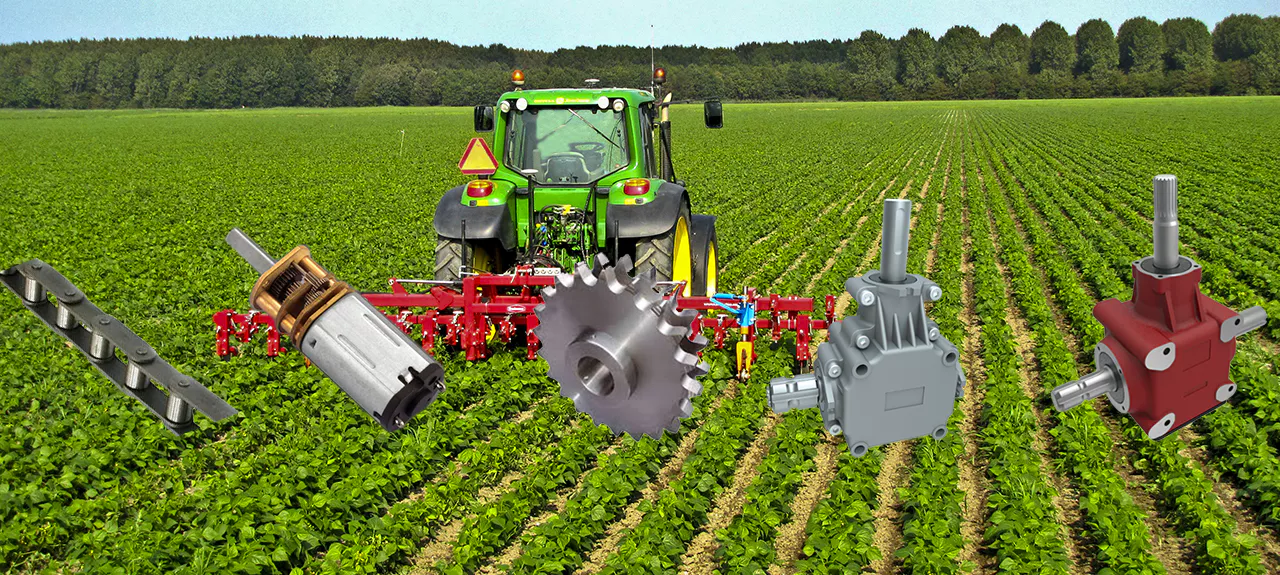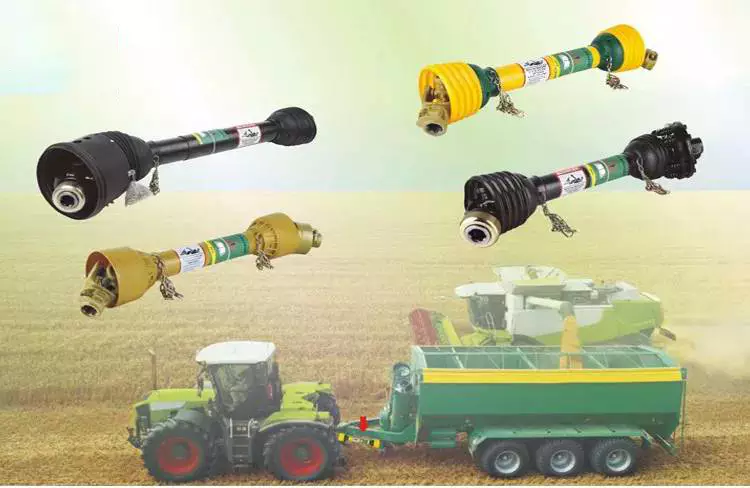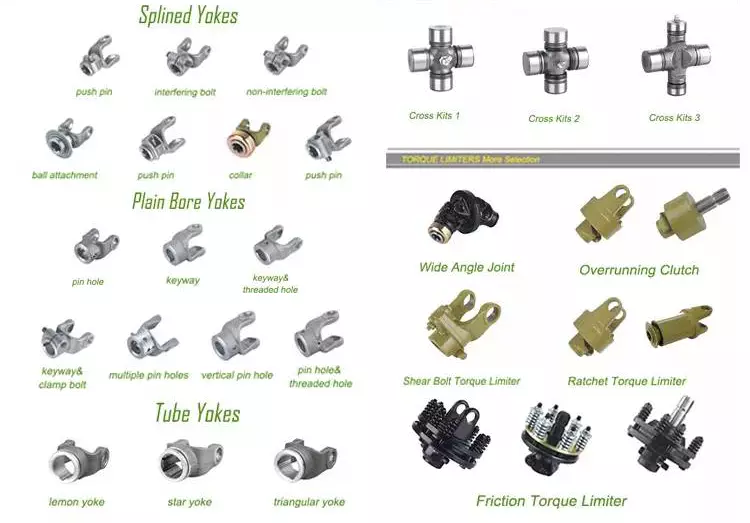Product Description
Product Description
Basic information:
| Model no | customized | Color | as your demand |
| Blank Process | china manufacturing steel forging | Forging tolorance | according to drawing |
| Machining Process | CNC machining/lathing/milliing/turning/boring | Machined surface quality | according to your requirement |
| Machining Tolearnce | from 0.005mm-0.01mm-0.1mm | Surface treatment | as your demand |
| Package for Steel forging | Pallet or as your demand | Transportation package | pallets |
| Service for Steel forging | metal parts solution as per customer's drawing | Trade mark | none |
| Certifications | ISO9001,IATF16949, | HS code | 7257190000 |
| origin | china |
Click this link for more products: product-list-1.html
Our Advantages
Manufacturing capability covers the whole production process of forged parts, from mold design and manufacturing, forging, secondary processing, heat treatment, surface treatment to finishing, to provide customers with ready to use products and services.
Company Profile
- ISO16949 Quality Management System Certification Factory.
- We use advanced computer and technology (CAD) to design in manufacturing and mold manufacturing.
- Our 8000 ton JTLY hydraulic forging machine, with a cold impact force of 1600 tons, is a super large forging machine in China. Its main products are large axial precision forging and 100kg to 300kg, with an annual output of 30000 pieces.
- Our 2500 ton electric forging production line mainly produces 15kg to 30kg precision forging parts, with an annual output of more than 50000 pieces.
- Our company has a variety of processing equipment, can make their own molds and processing.
- Our company is equipped with a full set of heat treatment lines to ensure that your product quality is within our control.
Quality control: Strictly enforce the spirit of quality supreme excellence; fully implement ISO / 9001 quality management system; carry out incoming inspection of raw materials, production process control and product quality inspection
physical and chemical laboratory:It can realize tensile impact test, chemical composition test, metallographic structure, hardness and other tests at normal and low temperatures.
Certifications
Cooperative Partner
Exhibitions&Customers
Stock&Packing
FAQ
1:Are you a genuine manufacturer?
Yes, all products showed in our website are produced in our certified factory; We are also a company registered by China Customs with the right to export and import.
2: I want to keep our design in confidence; can we sign NDA?
Sure, to protect customers' profit is our obligatory responsibility, signed NDA would be valid to both of us..
3:What should I offer to get your quotation?
Please offer us your detailed information for the product, such as drawings with 2D/3D by software Pro/E, Auto CAD, SolidWorks, UG etc; as well as materials, surface treatment, quantity, package. Any special requirements should be highlighted especially for tolerance.
4:How long is the manufacturing lead time?
Mass Production:30-45 working days after sample approval by yours.The lead time is the general production period without the transportation time.
We could make some special production arrangement effectively if customer has urgent need.
5:How long does it take to ship goods from China by sea?
It takes about 5 weeks to European ports plus 1 week customs clearance, so you can get the container within 6 to 7 weeks.It takes about 2 weeks to east coast and 3 weeks to west coast US ports.All sea goods are shipped from HangZhou Port.
6:How long does it take to ship goods from China by air?
It takes about 7 days to all major destinations.
7:What are the payment terms?
Payment terms are negotiable and will improve for long term customers.During the initial stages, we request 50% of tooling fee in advance with the balance payable on acceptance of samples.Production orders can be negotiable.We prefer 30% deposit and the balance by T/T before sails.But sometimes T/T15 days after sails would also acceptable.
8:New product development process
Got tooling order and sample order with 50% deposit---Hold a meeting with the relation dept.To ensure the developing schedule---Design mould, fixture and gauge and making them in our factory---mould.fixture and gauge making---producing samples---approved from customer-purchasing material-forging-heat treatment-shot blasting-machining-Inspection-package---delievery.
9:How to handle the complains?
--If happen any complaints after delivery,please just show us photos and detail compliants points, we will check with the production department and QC department Immediately and give you best solving solution which agreed by both of us.
Jackie Jiang is always at your service !
|
US $94.8-95.5 / Piece | |
200 Pieces (Min. Order) |
###
| Processing Object: | Metal |
|---|---|
| Molding Style: | Forging |
| Molding Technics: | Pressure Casting |
| Application: | Machinery Parts |
| Material: | Steel |
| Heat Treatment: | Tempering |
###
| Samples: |
US$ 200/Piece
1 Piece(Min.Order) |
|---|
###
| Customization: |
Available
|
|---|
###
| Model no | customized | Color | as your demand |
| Blank Process | china manufacturing steel forging | Forging tolorance | according to drawing |
| Machining Process | CNC machining/lathing/milliing/turning/boring | Machined surface quality | according to your requirement |
| Machining Tolearnce | from 0.005mm-0.01mm-0.1mm | Surface treatment | as your demand |
| Package for Steel forging | Pallet or as your demand | Transportation package | pallets |
| Service for Steel forging | metal parts solution as per customer's drawing | Trade mark | none |
| Certifications | ISO9001,IATF16949, | HS code | 7202490000 |
| origin | china |
|
US $94.8-95.5 / Piece | |
200 Pieces (Min. Order) |
###
| Processing Object: | Metal |
|---|---|
| Molding Style: | Forging |
| Molding Technics: | Pressure Casting |
| Application: | Machinery Parts |
| Material: | Steel |
| Heat Treatment: | Tempering |
###
| Samples: |
US$ 200/Piece
1 Piece(Min.Order) |
|---|
###
| Customization: |
Available
|
|---|
###
| Model no | customized | Color | as your demand |
| Blank Process | china manufacturing steel forging | Forging tolorance | according to drawing |
| Machining Process | CNC machining/lathing/milliing/turning/boring | Machined surface quality | according to your requirement |
| Machining Tolearnce | from 0.005mm-0.01mm-0.1mm | Surface treatment | as your demand |
| Package for Steel forging | Pallet or as your demand | Transportation package | pallets |
| Service for Steel forging | metal parts solution as per customer's drawing | Trade mark | none |
| Certifications | ISO9001,IATF16949, | HS code | 7202490000 |
| origin | china |
Proper Maintenance of Tractor Parts
Proper maintenance of tractor parts is a necessity if you want to keep them running smoothly. Here are some things to keep in mind:

Proper maintenance of tractor parts
To ensure that your tractor is operating at peak efficiency, you should perform preventative maintenance on its various parts. Before opening the cab of your tractor, perform a visual inspection to check for any problems. Look for leaking fluids, hoses, and cables. Tighten loose connections, and clean any debris from these components. Also check the sediment bowl under the fuel filter for any material or water. If the sediment bowl has a large amount of material, it may be time to replace the fuel filter or the air filter.
Despite the monetary cost of maintaining your tractor, a few simple things can keep your investment in top condition. For instance, lubrication can prevent corrosion and friction, while cleaning air filters can extend their useful life. The paint on your tractor should also be inspected regularly. Regular lubrication will help you avoid expensive repairs, and will also increase efficiency. Proper maintenance of tractor parts can also help you prevent heavy rust.
Checking your tractor's internal parts regularly can prevent big problems from crop failures. Lubricating internal parts helps reduce friction, and you should also replace blown or broken bulbs and exhaust fluid. Regular maintenance at tractor dealers will help prevent potential problems. A dealer will also perform tune-ups and oil changes for you, reducing the chances of unexpected issues. For those who don't have the time to perform the maintenance themselves, consider visiting a tractor dealership.
In addition to inspecting engine components, you should also regularly check your tractor's hydraulic system. Make sure that the fluids are in good condition, as rust, internal damage, and engine clogs can be caused by dirty or leaking hydraulic hoses. As with any mechanical system, the engine is the heart of a tractor, so it's vital to maintain the oil tank as often as possible. For these checks, you can use a reference to your tractor model before purchasing new parts.
To extend the life of tractor parts, owners should regularly change the oil in the engine. This is necessary to prevent wear and tear on the tractor parts. Proper oil changes also increase the resale value of the equipment and extend its performance. You can use a grease gun to freshen up the grease nipples, which prevents the rusting of moving parts. By following these tips, you can make sure that your tractor runs smoothly.

Preventative maintenance
Performing preventative maintenance on your tractor is an important way to maintain your machine and minimize the risk of unexpected breakdowns. It is an essential part of tractor ownership because regular maintenance reduces the risk of costly repairs. Before you begin a tractor maintenance program, read the manual to determine what common maintenance items are needed for the specific model. This will help you keep the parts in good shape and save you money in the long run.
Proper checkups on engine fluids, radiator fluid and transmission fluid are essential for maintaining the efficiency of your equipment. It's important to refill these tanks with clean fluids to avoid rust, internal damage, and engine clogs. The following preventative maintenance tasks are recommended by tractor manufacturers:
Check tire pressure and inflation, as well as inspect the rims and lug nuts. Then, check the axles and drive shafts to ensure they are in good condition. Replace any damaged or missing lug nuts. And lastly, check all lights. Make sure all bulbs are functioning and replaced if necessary. To prevent unnecessary breakdowns, follow these tips to maximize the performance of your tractor. You will be glad you did.
If you have a spare part, be sure to have it on hand. Having a spare part handy will make it easier to do preventative maintenance on your tractor and save you the hassle of calling a repair shop or waiting for the parts to arrive. If you're looking to get the best value for your money, proactive tractor maintenance is essential. In addition to routine inspections, remember to keep the tractor running at its peak performance level. You may want to have a checkup performed every six months or so.
Operator training is another essential preventive maintenance step. Operators must know how to perform routine maintenance tasks without fail. Operator training can be as simple as a review of the operator's manual and demonstrating how systems and controls work. Training can also involve training operators on how to use checklists to make sure that all minor maintenance steps are performed correctly. This can save you thousands of dollars in repairs. Also, by performing regular preventative maintenance, you can avoid unexpected breakdowns.

Types of filters
A tractor's air filter, for instance, should be changed on a regular basis to keep the engine performing at peak performance. The reason is that working tractors are constantly exposed to debris and other substances in the driving environment. Even show tractors should periodically check their air filters to ensure they are functioning properly. A single chunk of dust can cause problems inside the sensitive machinery. That is why it's important to replace filters at the appropriate intervals.
There are several different types of filters on a tractor. The type of filter needed depends on the original reference and the manufacturer. Listed below are some of the most common types of filters used by tractors. CZPT' website lets you choose the model of your tractor and then offers the corresponding filter made by the original manufacturer. Alternatively, you can choose an adaptable filter of equivalent quality. These filters are designed to fit various types of tractors, ranging from lawnmowers to combines.
Oil, air, and hydraulic filters are essential for tractor parts. Those with oil filters protect hydraulic components from harmful impurities. Fuel filters protect the injector pump from damage caused by debris. If your tractor doesn't have filters, you'll experience a variety of problems. You'll notice odd noises or reduced HP. Or you might smell fuel when the engine starts. If these symptoms sound familiar, it's a problem with your filters.
Tractor oil filter replaces itself every few months or so. Tractor oil coagulates over time into black globs. If not replaced, the globs clog up engine parts. Tractor oil filter acts like the kidneys and liver of the tractor, filtering brackish globs out of your engine. Like the human body, a tractor's filters have similar functions to the human body's. When they stop working properly, your tractor's engine will no longer function optimally.


editor by czh 2022-12-06


